Chips integrated into speed cameras, chips in brain wave measuring devices to aid sleep... are ideas from students participating in the Ho Chi Minh City Microchip Design Competition.
On the morning of March 24, Ho Chi Minh City High-Tech Park coordinated with the City Youth Union to organize the first qualifying round of the Smart City Microchip Design Competition with the participation of 29 project groups of young people aged 18-23.
A group of students from the University of Information Technology, Ho Chi Minh City National University, brought to the competition an idea for a chip to measure the speed of vehicles in traffic. According to team leader Phan Hoai Lam, the chip is integrated into traditional cameras, with an operating mechanism that analyzes the collected images by measuring the distance between two points on the frame and the travel time between the two points to determine the vehicle's speed. This technology can process the speed of many vehicles at the same time with an expected accuracy of about 60% in the initial stage, which will increase when optimizing the image processing.
The group is building a chip design architecture model and needs specialized tools and software to complete it. Hoai Lam said that the group's technology allows data to be processed directly at the camera faster, saving bandwidth costs and reducing data transmitted to the server. In the future, the group will integrate additional mechanisms to identify license plates, vehicle colors, etc.
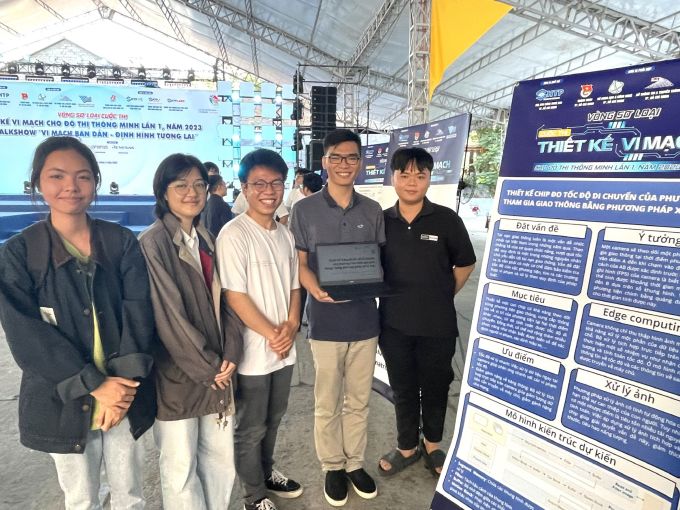
A group of students from the University of Information Technology, Ho Chi Minh City National University with the idea of designing a chip to measure vehicle speed. Photo: Ha An
Designing a chip for healthcare applications, a group of students from the University of Technology, Vietnam National University, Ho Chi Minh City created a body-worn device that helps deepen sleep through brain wave frequencies. The device works by measuring a person's EEG, processing the information and then emitting appropriate sound frequencies to help maintain sleep.
Nguyen Xuan Trieu, representative of the group, said that the product can be integrated into pillows, neck straps, headphones... with the smallest possible size to create comfort when used. "The product is still in concept form, so integrating it into a suitable device requires time and advice from biomedical research experts," Trieu said.
With the same idea of health care, a group of students from Ho Chi Minh City University of Industry and Trade proposed to create an integrated circuit with sensors combined with AI algorithms to help identify people who have fallen. The product can be designed as a bracelet, necklace... with the function of immediately alerting relatives via phone when the elderly or people with stroke fall. The group is in the stage of designing the circuit architecture and building a team to complete the idea and create the product.
Through the evaluation of the professional council, from 29 projects, the Organizing Committee plans to select 10 profiles to participate in the training round to support students in developing products. Deputy Director of the Ho Chi Minh City High-Tech Park Le Quoc Cuong said that through the contest, it helps to find ideas about semiconductor chips from young people. This is an important premise to expand the scale and quality of human resource training according to business needs, towards owning core technologies, incubating microchip businesses and attracting strategic investment projects in the field to operate in the Ho Chi Minh City High-Tech Park.
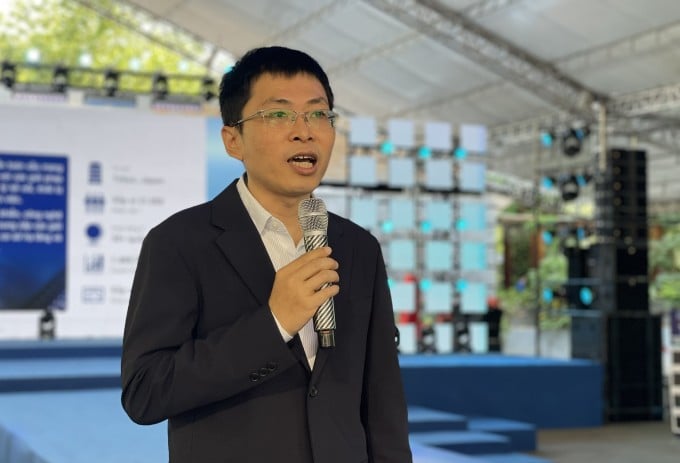
Mr. Tran Dac Khoa shares the skills students need to become microchip engineers. Photo: Ha An
From a business perspective, Mr. Tran Dac Khoa, General Director of Renesas Vietnam Design Company, believes that students participating in seminars and academic competitions in this field is one of the six necessary skills for microchip engineers. This gives students the opportunity to learn in a larger environment because the microchip industry is always developing every year. Competitions help students improve their ability to work in groups because it is difficult for each individual to create their own products.
Ha An
Source link


![[Photo] Looking back at the impressive moments of the Vietnamese rescue team in Myanmar](https://vstatic.vietnam.vn/vietnam/resource/IMAGE/2025/4/11/5623ca902a934e19b604c718265249d0)


![[Photo] "Beauties" participate in the parade rehearsal at Bien Hoa airport](https://vstatic.vietnam.vn/vietnam/resource/IMAGE/2025/4/11/155502af3384431e918de0e2e585d13a)


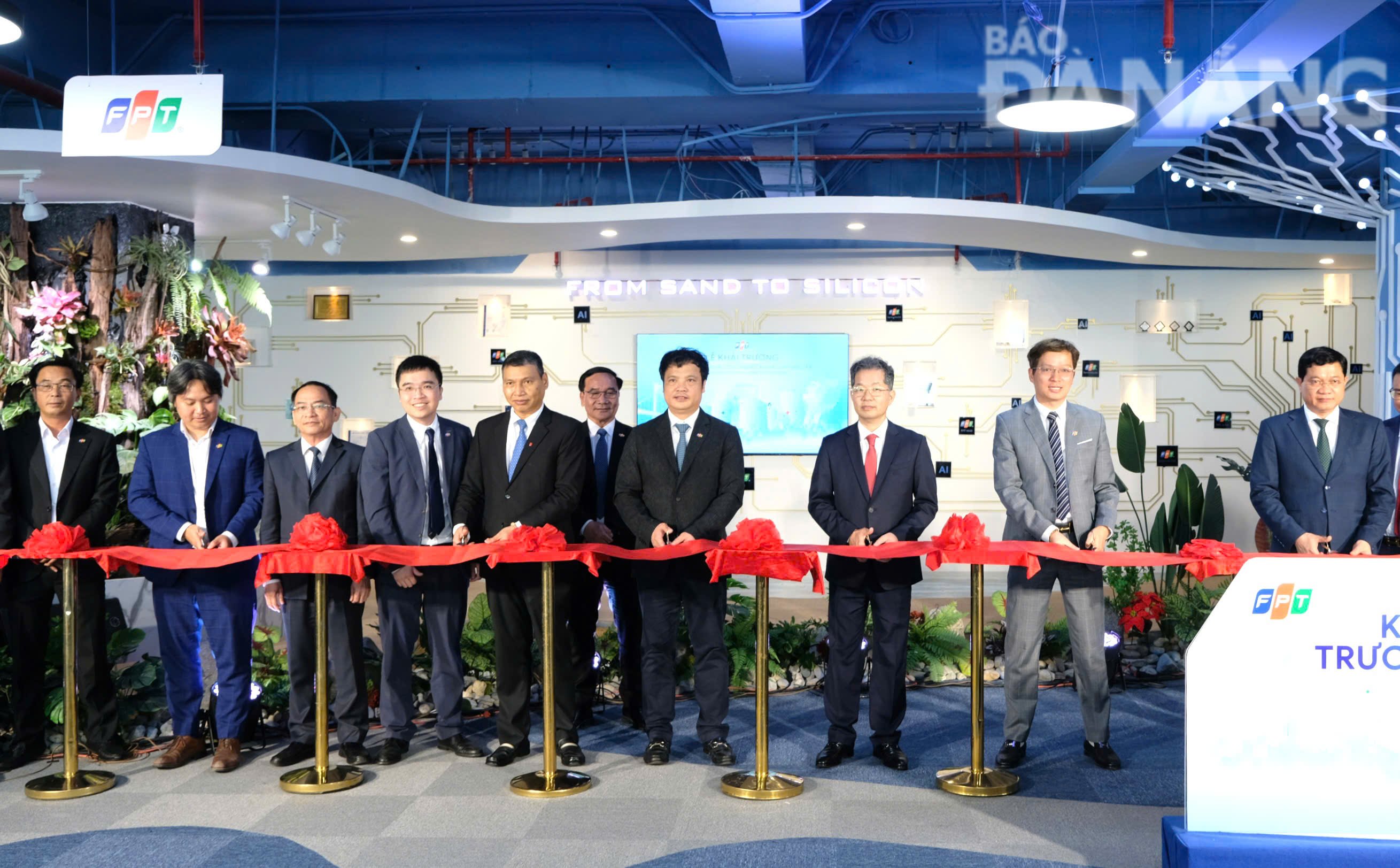

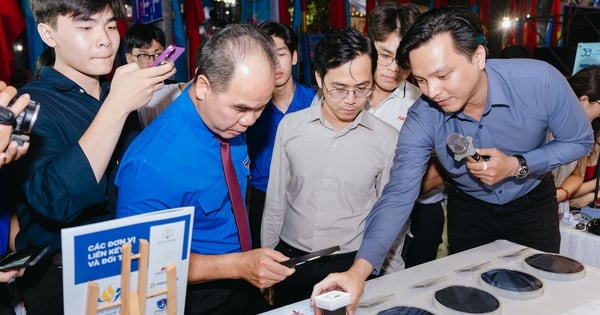

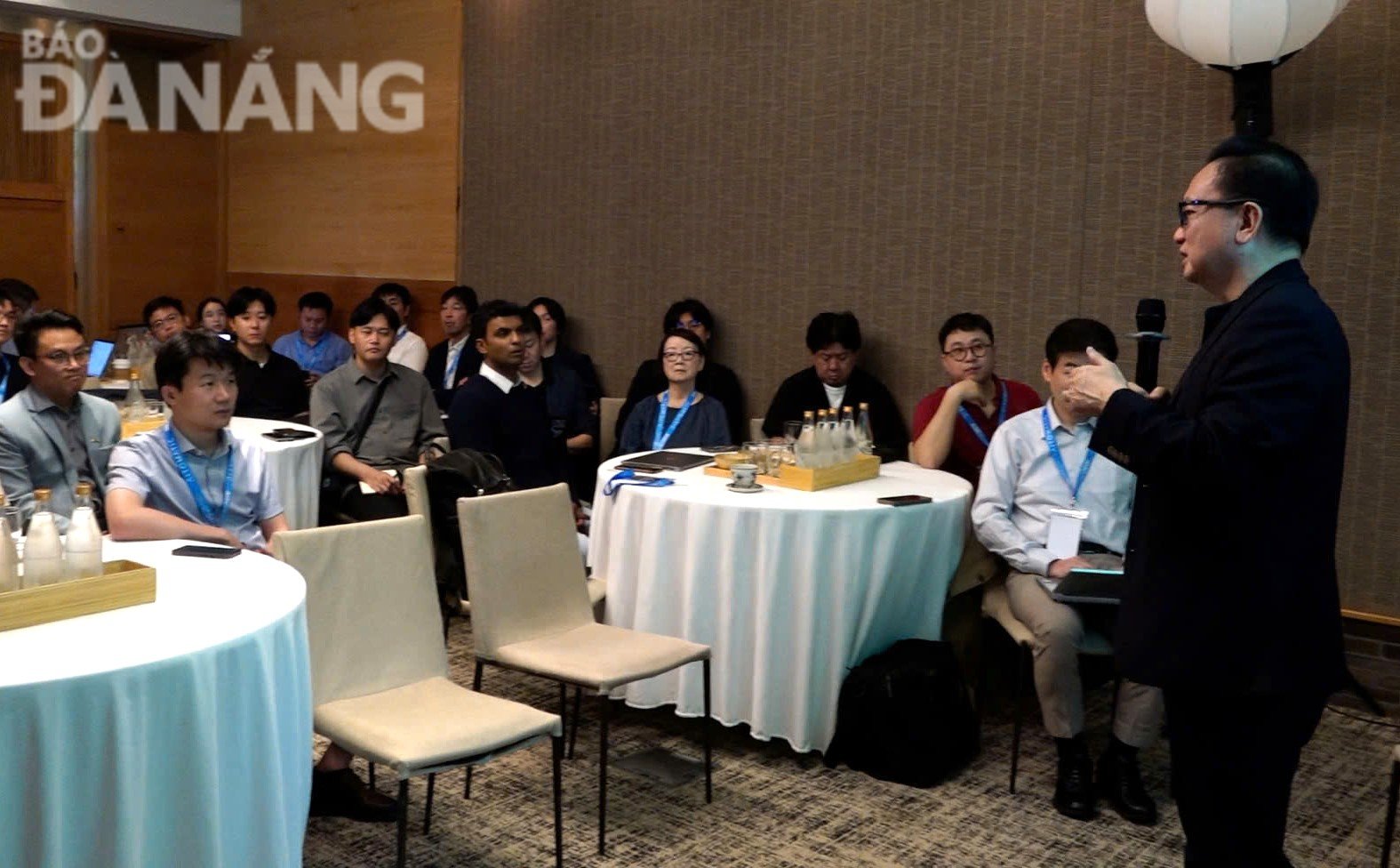
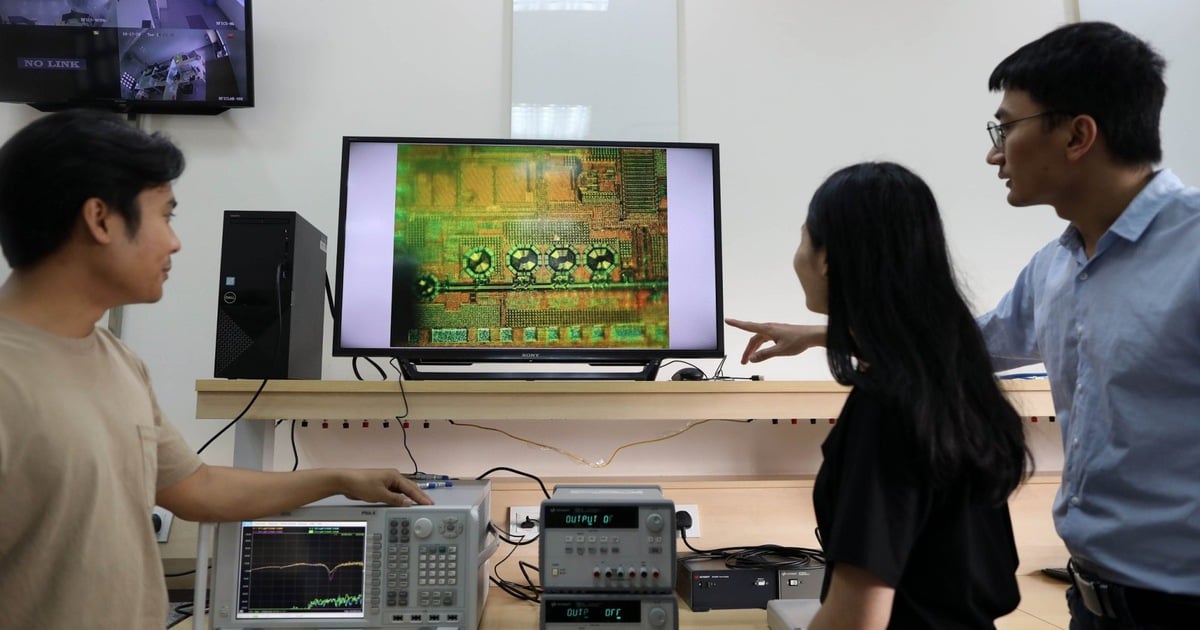

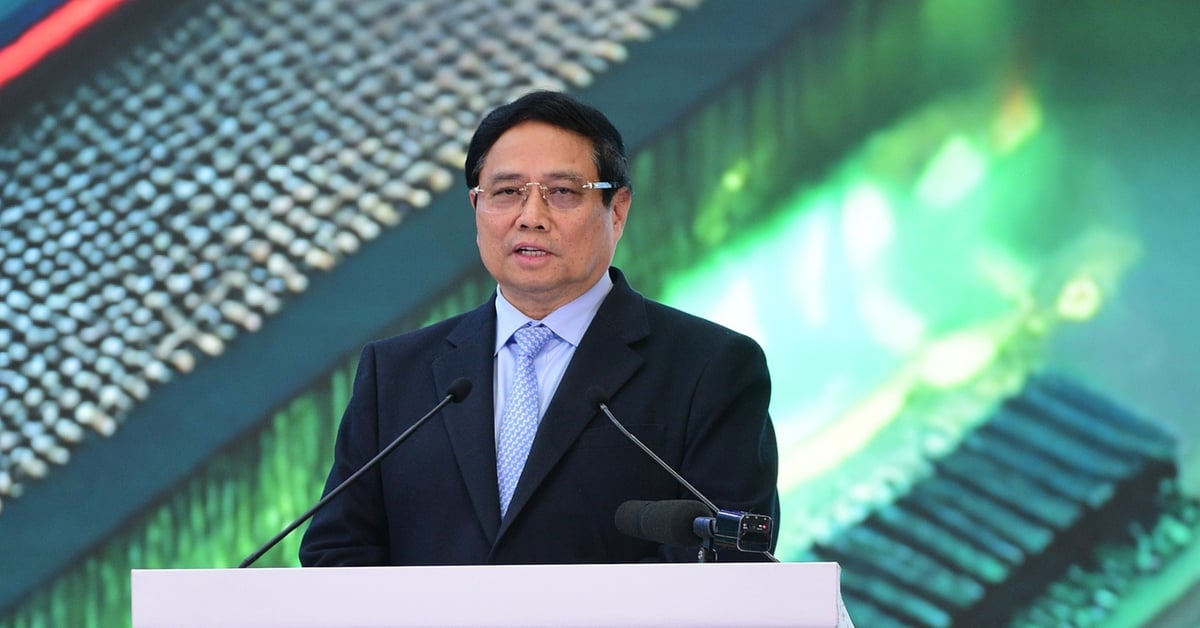

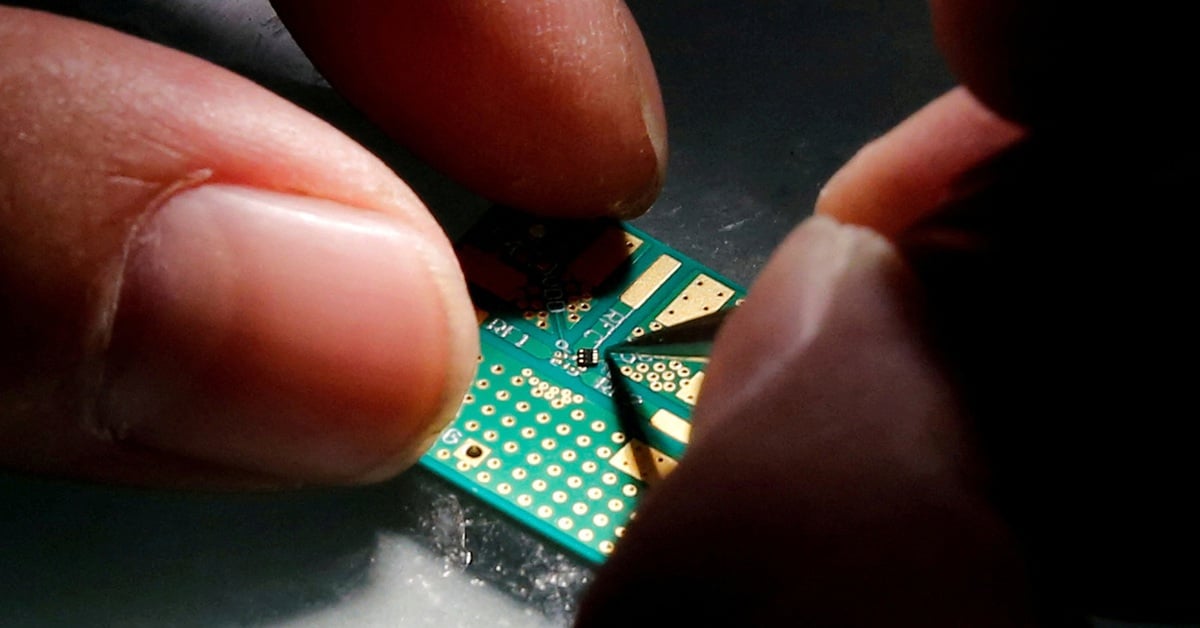
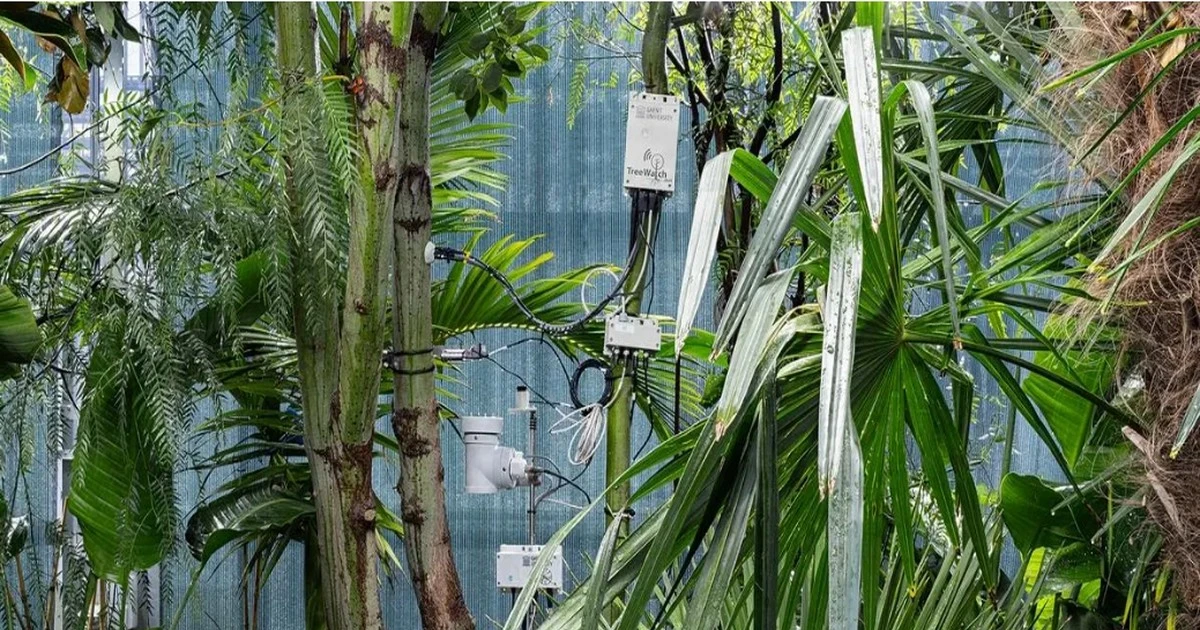


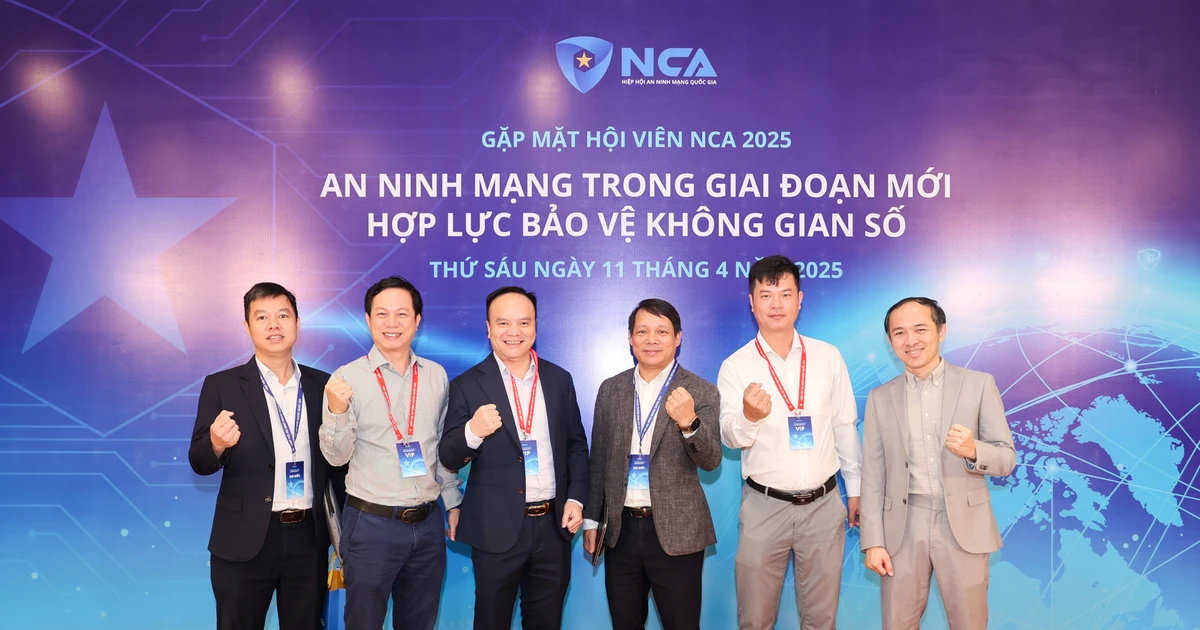










![[Photo] Summary of parade practice in preparation for the April 30th celebration](https://vstatic.vietnam.vn/vietnam/resource/IMAGE/2025/4/11/78cfee0f2cc045b387ff1a4362b5950f)






































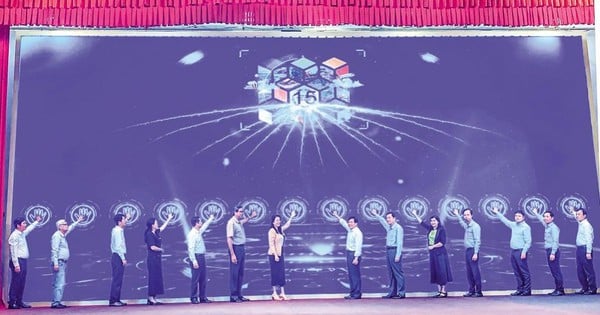
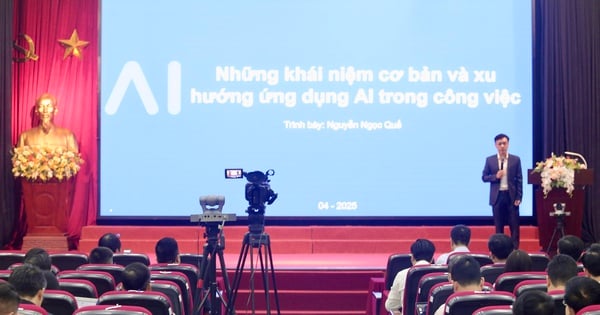

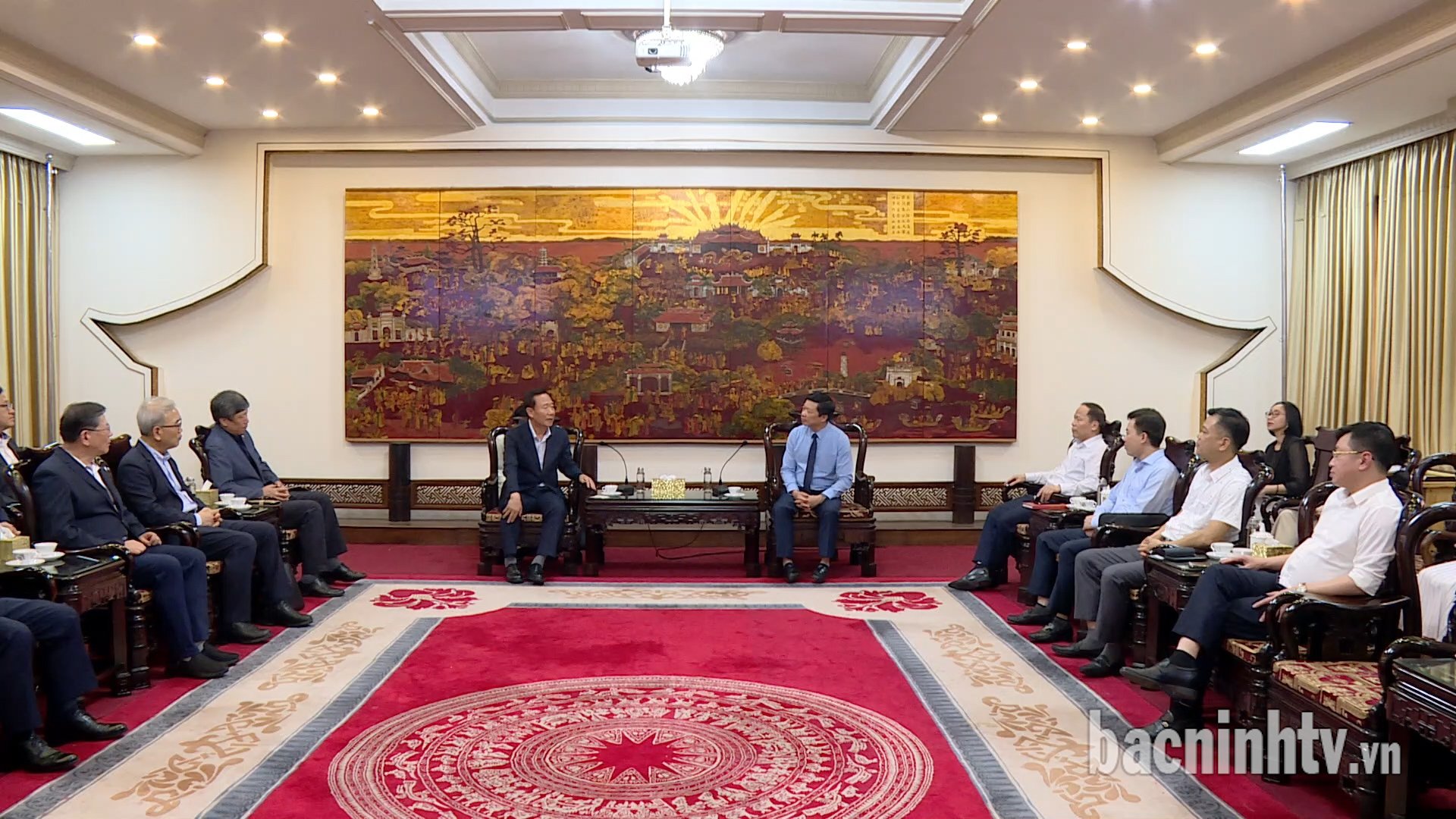




















Comment (0)